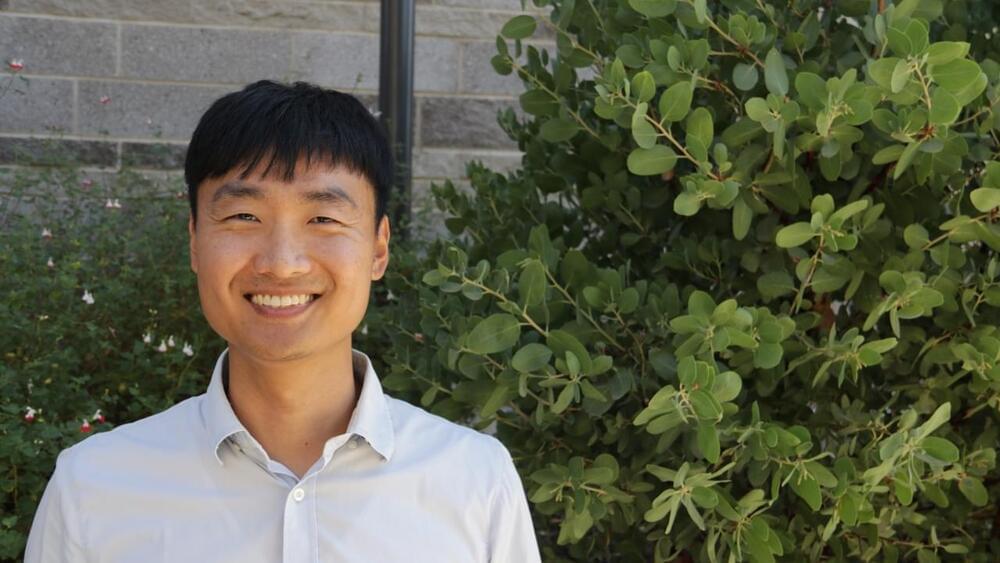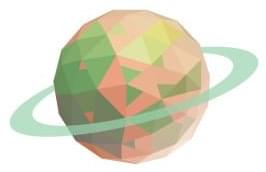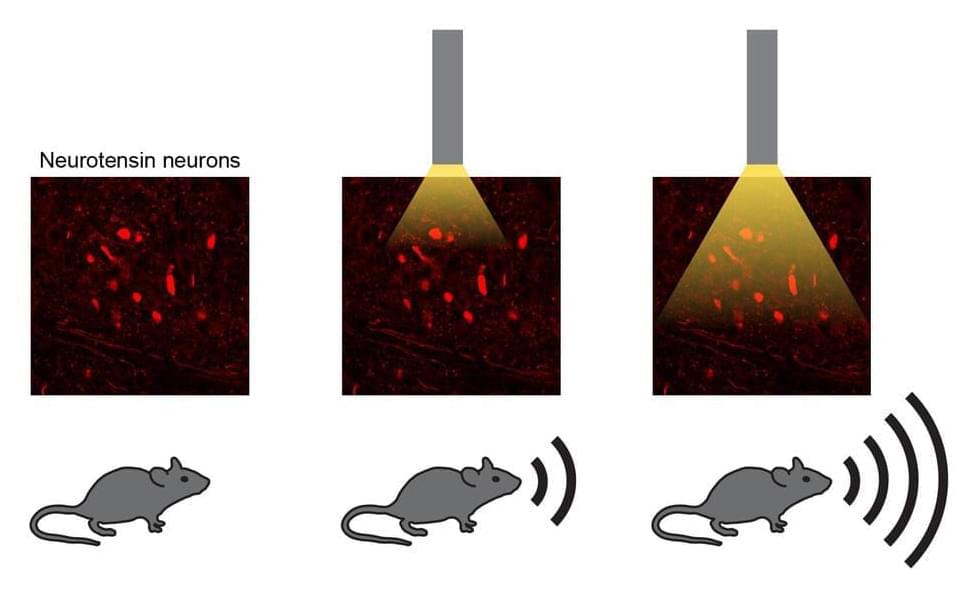The 22nd century will make the 20th century look like Neolithic.
The world as we know it is predicted to unrecognizable by 2100 due to technological advancements that will move humans underground and have AI make our decisions.


You’ve seen the headlines. “A scientist may have proven we live in a simulation!” scream the papers.
“Wow, that’s amazing!” think millions of people as they click the headline to unlock the universe’s secrets.
Our excited curiosity turns to disappointment when we read the article and discover the truth.

“The only plausible way this can arise among different stars is if there is a consistent process operating during the formation of the heavy elements,” Mumpower said. “This is incredibly profound and is the first evidence of fission operating in the cosmos, confirming a theory we proposed several years ago.”
“As we’ve acquired more observations, the cosmos is saying, ‘hey, there’s a signature here, and it can only come from fission.’”
Neutron stars are created when massive stars reach the end of their fuel supplies necessary for intrinsic nuclear fusion processes, which means the energy that has been supporting them against the inward push of their own gravity ceases. As the outer layers of these dying stars are blown away, the stellar cores with masses between one and two times that of the sun collapse into a width of around 12 miles (20 kilometers).

There’s an unfortunate irony in cell therapy that holds it back from its full potential: Regenerating tissues often must be damaged to know if the treatment is working, such as surgically removing tissue to see if rejuvenation is occurring beneath.
The alternative isn’t much better: Patients can choose to wait and see if their health improves, but after weeks of uncertainty, they might find that no healing has taken place without a clear explanation as to why.
Jinhwan Kim, a new assistant professor of biomedical engineering at the University of California, Davis, who holds a joint appointment with the Department of Surgery at UC Davis Health, wants to change all of that. In his research program, he combines nanotechnology and novel bioimaging techniques to provide non-invasive, real-time monitoring of cellular function and health.

I’ve been studying this topic for use in a story I’m working on and I’ve come across various videos and interviews on the topic, but they all seem mostly concerned with assembly of larger objects.
I was just curious if the same actions that would assemble an object could be reversed to disassemble it, or if there were other necessary actions that needed to be taken. I understand that energy needs to be put in to break a molecular bond, so is that something that would have to be taken into account as well?
Also, as a side note, the current idea is to have the nanobots be mostly carbon constructs, if that affects the way things work.
Biotech stocks could be at a major turning point after FDA approval of the first gene editing drug using CRISPR technology to treat sickle cell disease. Gove…
Start speaking a new language in 3 weeks with Babbel 🎉 Get 60% OFF your subscription during their Black Friday sale Here: https://go.babbel.com/t?bsc=1200m6…
In a world-first, researchers from the GrapheneX-UTS Human-centric Artificial Intelligence Centre at the University of Technology Sydney (UTS) have developed a portable, non-invasive system that can decode silent thoughts and turn them into text.
The technology could aid communication for people who are unable to speak due to illness or injury, including stroke or paralysis. It could also enable seamless communication between humans and machines, such as the operation of a bionic arm or robot.
The study has been selected as the spotlight paper at the NeurIPS conference, an annual meeting that showcases world-leading research on artificial intelligence and machine learning, held in New Orleans on 12 December 2023.

Humans and other mammals can produce a wide range of sounds, while also modulating their volume and pitch. These sounds, also known as mammalian vocalizations, play a central role in communication between both animals of the same and of different species.
Researchers at Stanford University School of Medicine recently carried out a study aimed at better understanding the neural mechanisms underpinning the production and modulation of mammal vocalizations. Their paper, published in Nature Neuroscience, identifies a neural circuit and a set of genetically defined neurons in the mouse brain that play a key role in the production of sound.
“All mammals, including humans, vocalize by pushing air past the vocal cords of the larynx, which vibrate to produce sound,” Avin Veerakumar, co-author of the paper, told Medical Xpress.

EPFL researchers have developed an algorithm to train an analog neural network just as accurately as a digital one, enabling the development of more efficient alternatives to power-hungry deep learning hardware.
With their ability to process vast amounts of data through algorithmic ‘learning’ rather than traditional programming, it often seems like the potential of deep neural networks like Chat-GPT is limitless. But as the scope and impact of these systems have grown, so have their size, complexity, and energy consumption —the latter of which is significant enough to raise concerns about contributions to global carbon emissions.
While we often think of technological advancement in terms of shifting from analog to digital, researchers are now looking for answers to this problem in physical alternatives to digital deep neural networks. One such researcher is Romain Fleury of EPFL’s Laboratory of Wave Engineering in the School of Engineering.